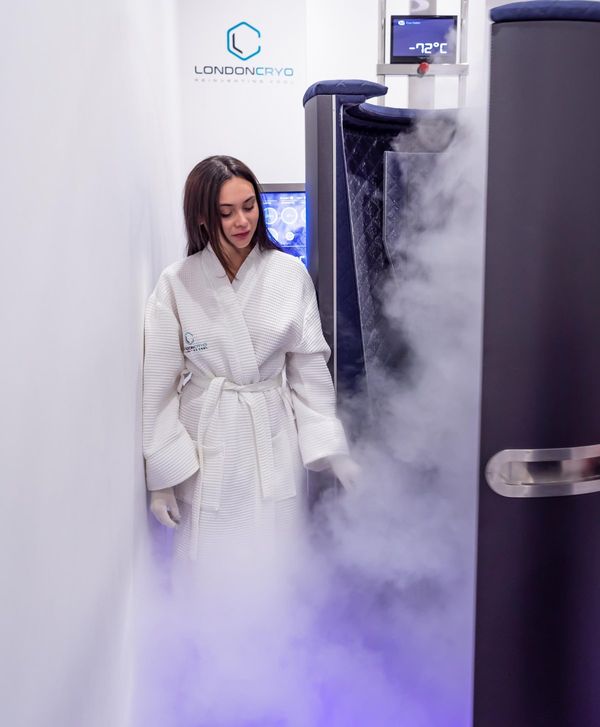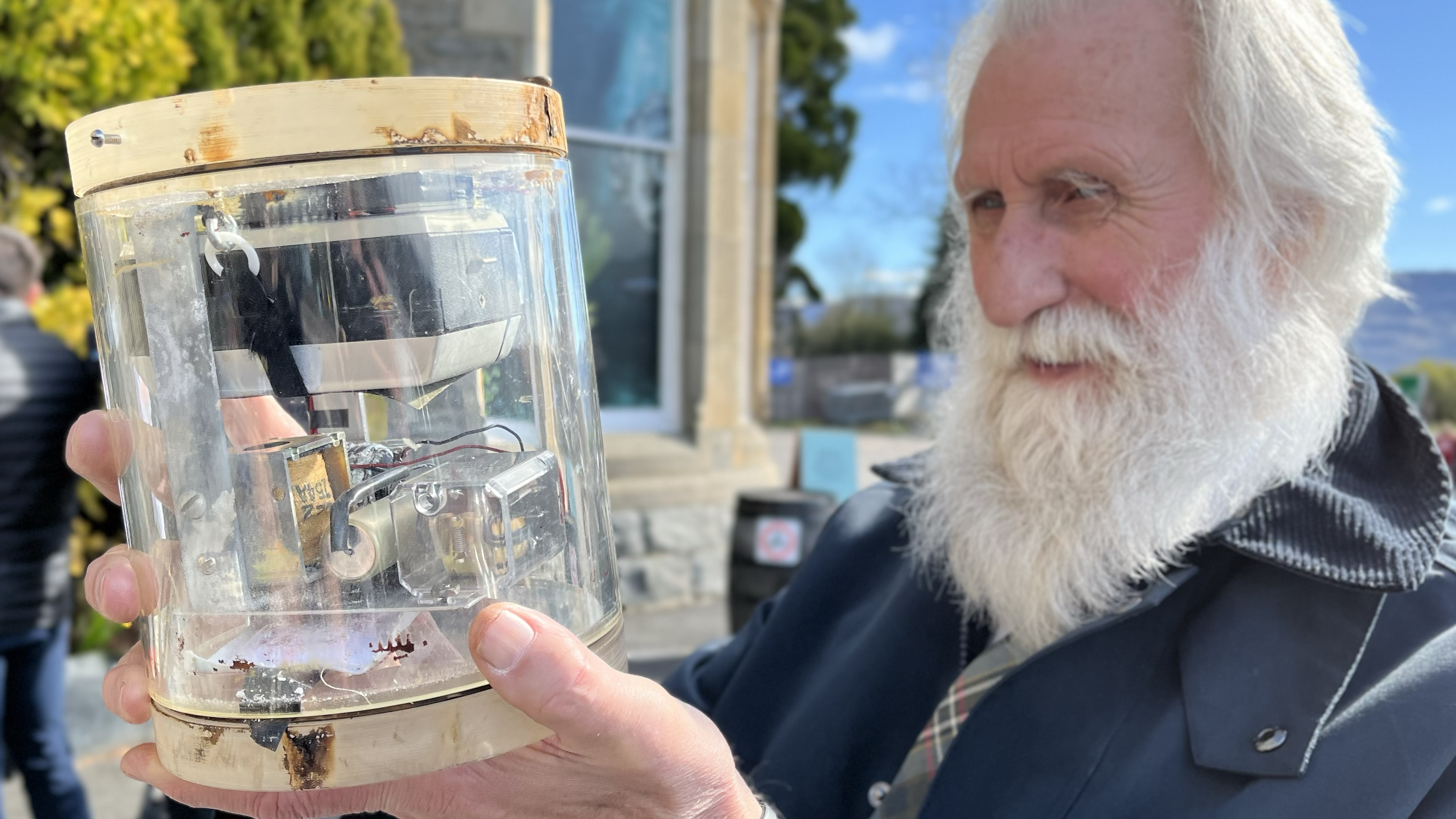
Researchers from the UK’s National Oceanography Centre were testing an underwater vehicle when the submarine’s props snagged on something unexpected: An old Kodak Instamatic 174 camera inside waterproof housing. After investigating the odd find, the team realized that the camera had been placed in the lake 55 years ago as part of an attempt to photograph the infamous Loch Ness Monster in the 1970s.
The little Kodak, surprisingly, survived underwater for more than 50 years before it caught on the prop of the submarine robot Boaty McBoatface and was pulled up from where it had sat at around 426 feet (130m) deep. Researchers then developed the film left inside. While the film doesn’t appear to have caught an image that answers any questions about the legendary Loch Ness Monster, the find is an iconic representation of the past technology deployed in an attempt to solve the famous mystery.
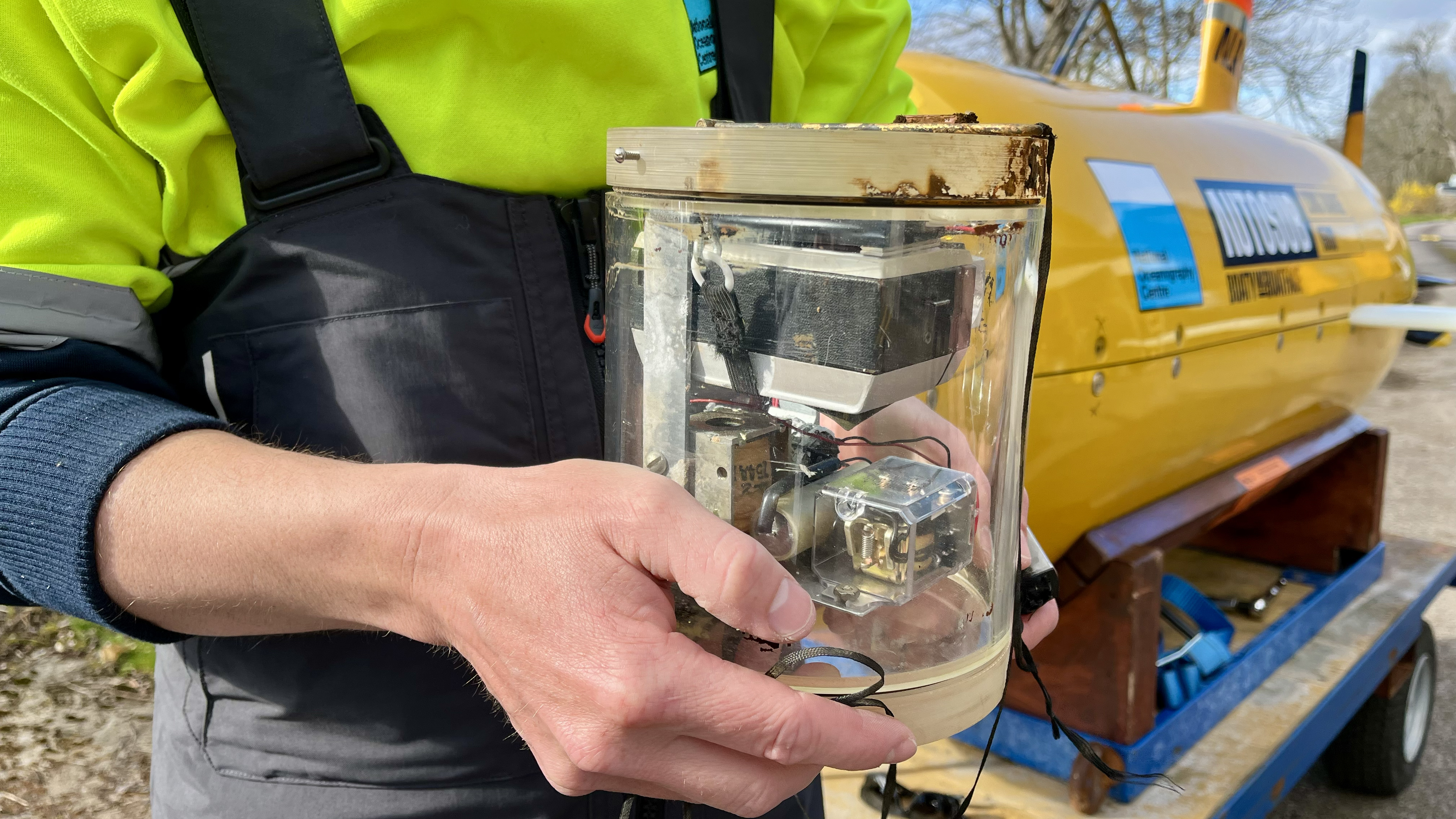
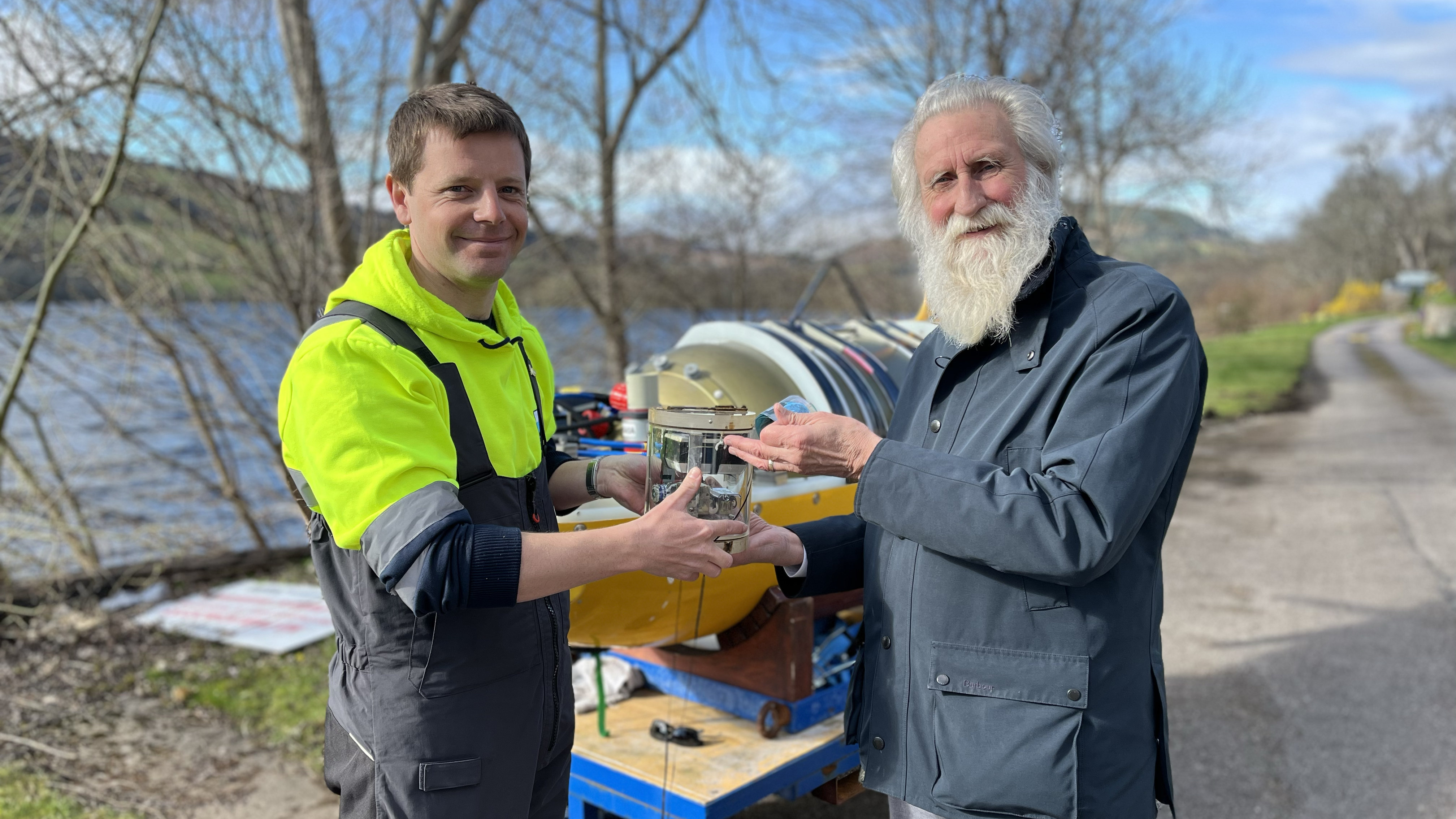
“It was an ingenious camera trap consisting of a clockwork Instamatic camera with an inbuilt flash cube, enabling four pictures to be taken when a bait line was taken,” explained Adrian Shine, a founder of The Loch Ness Project who helped identify the camera. “It is remarkable that the housing has kept the camera dry for the past 55 years, lying around 180 m deep in Loch Ness.”
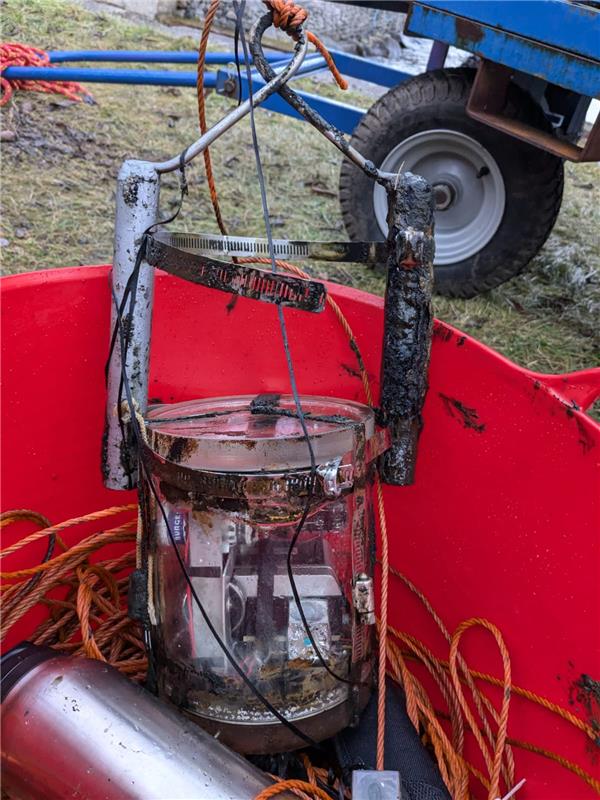
According to Shine, the camera is believed to be one of six that were submerged by Professor Roy Mackal from the Loch Ness Investigation Beruau and the University of Chicago. Half of those original cameras were lost to a gale later the same year that the traps were deployed. The camera traps were set in the mid-seventies, designed to trigger if the bait line was touched.
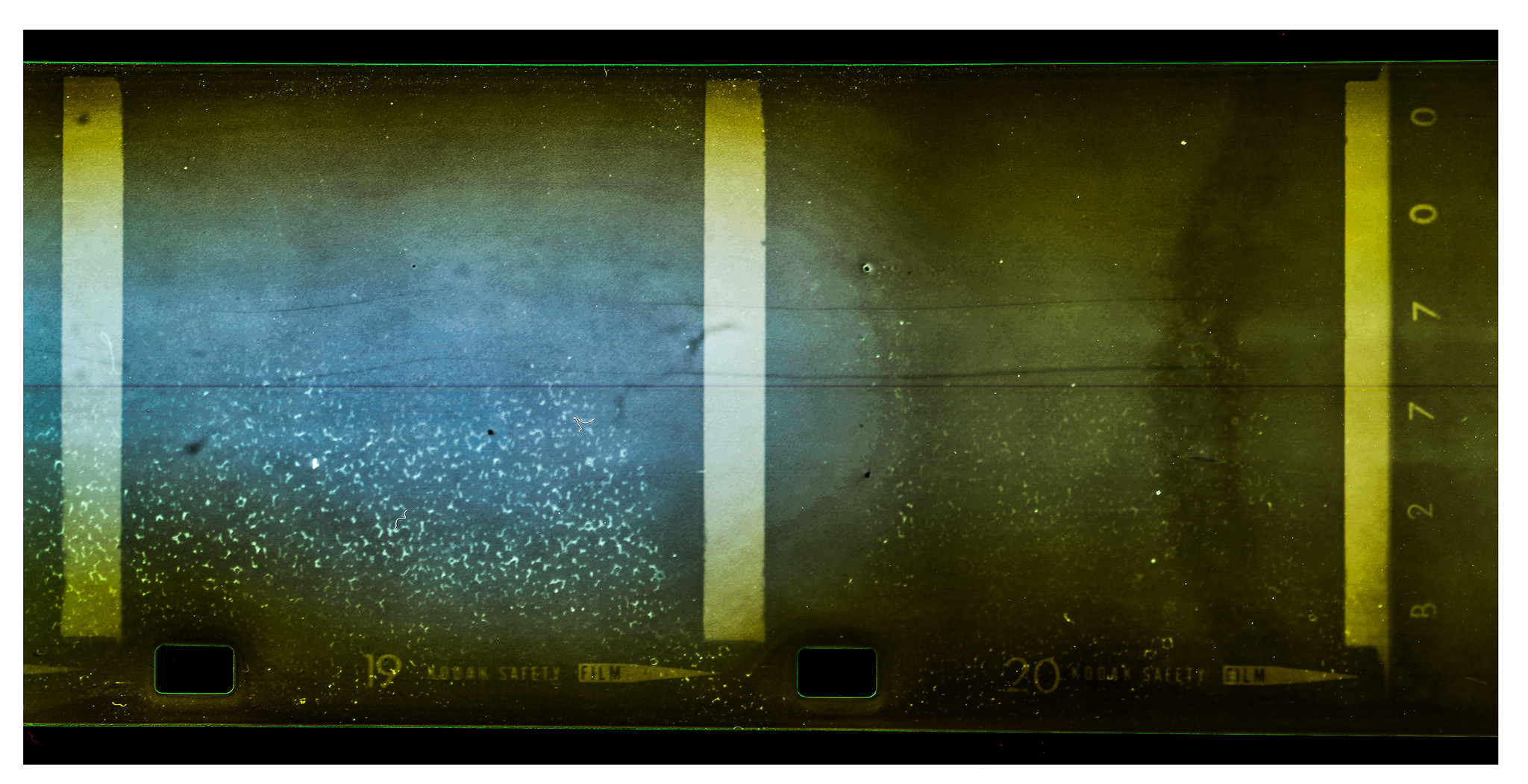

The Kodak Instamatic was a line of cameras that used the 126 film cartridge, which was known for being easy to load. The 176 was introduced in 1968 and made until 1971. The model used in the camera trap used an external flash cube mounted at the top of the camera to help light up a small part of the water. The Loch Ness is a 23-mile long lake with depths as far as 754 feet / 230 m.
While the camera trip didn’t appear to capture any shots of the elusive Nessie, the discovery was sent to the Loch Ness Center in Drumnadrochit to be displayed as part of the long history in the search for the legendary beast.
You may also like
Browse the best waterproof cameras or the best cameras for wildlife photography.




